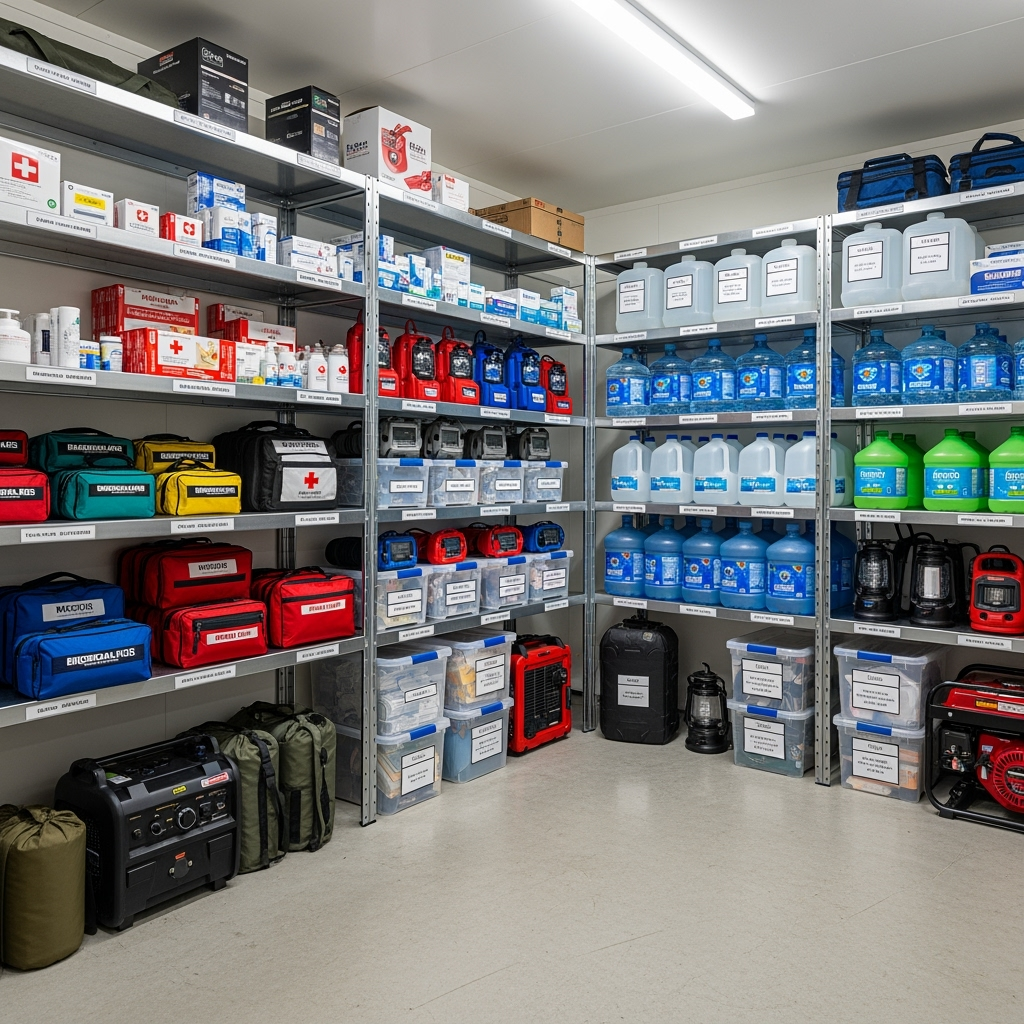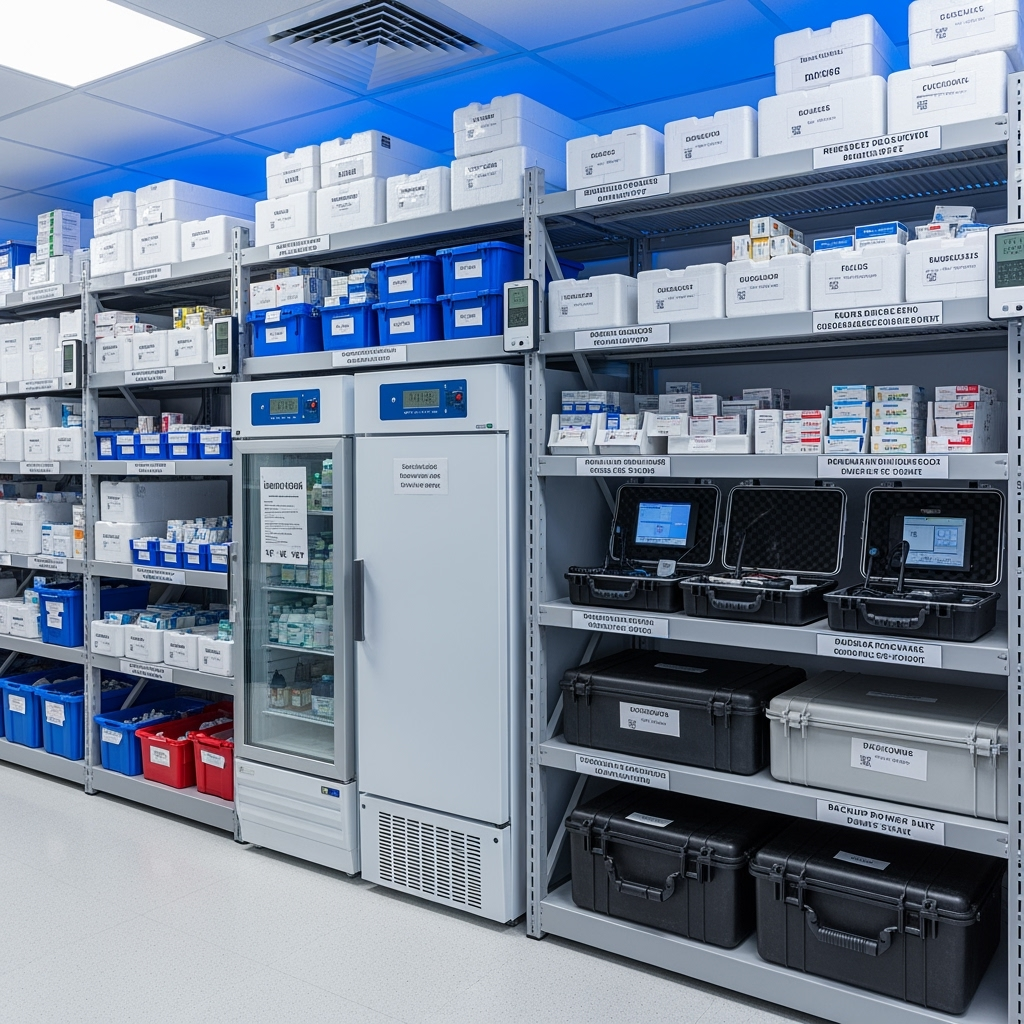Temperature-Sensitive Emergency Storage: Your Complete Guide to Climate-Controlled Preparedness

When it comes to emergency preparedness, proper storage of temperature-sensitive items can mean the difference between having reliable supplies when you need them most and discovering damaged or ineffective materials during a crisis. This comprehensive guide will help you understand how to protect your emergency supplies using climate-controlled storage solutions.
Why Climate-Controlled Storage Matters for Emergency Supplies
Many essential emergency items require specific temperature and humidity conditions to maintain their effectiveness and integrity. Climate-controlled storage units offer the perfect environment for these sensitive materials, providing:
- Consistent temperature regulation
- Humidity control
- Protection from extreme weather conditions
- Enhanced preservation of sensitive materials
Temperature-Sensitive Items That Need Special Storage

Medical Supplies
- Prescription medications
- First aid supplies
- Medical devices and equipment
- Over-the-counter medicines
Electronic Equipment
- Emergency radios
- Backup power banks
- Battery-operated devices
- Solar-powered equipment
Food and Water Supplies
- Temperature-sensitive food items
- Water purification systems
- Nutritional supplements
- Sealed water containers
Organizing Your Climate-Controlled Emergency Storage
Inventory Management
Create a detailed inventory system that includes:
- Expiration dates
- Storage location mapping
- Regular rotation schedule
- Quantity tracking
Storage Layout Tips
Maximize your climate-controlled storage space with these organization strategies:
- Use clear, airtight containers
- Implement a zone-based organization system
- Keep frequently needed items accessible
- Maintain clear pathways for easy access
Monitoring and Maintenance
Regular monitoring of your climate-controlled storage unit ensures your emergency supplies remain in optimal condition:
- Check temperature and humidity levels regularly
- Inspect containers for damage or wear
- Review expiration dates monthly
- Update inventory lists as needed
Emergency Access Planning
Ensure you can access your supplies quickly during an emergency:
- Keep a detailed map of your storage layout
- Store essential items near the entrance
- Have backup access plans
- Share access information with trusted family members
Seasonal Considerations
Adjust your storage strategy based on seasonal changes:
- Summer: Monitor cooling system efficiency
- Winter: Check heating system performance
- Spring/Fall: Assess humidity control
- Year-round: Maintain consistent temperature levels
Conclusion
Proper storage of temperature-sensitive emergency supplies is crucial for ensuring they’re ready when needed. A climate-controlled storage unit provides the ideal environment for maintaining your emergency preparedness items. Regular monitoring, organized systems, and proper planning will help you create a reliable emergency supply storage solution that gives you peace of mind.










Leave a Reply